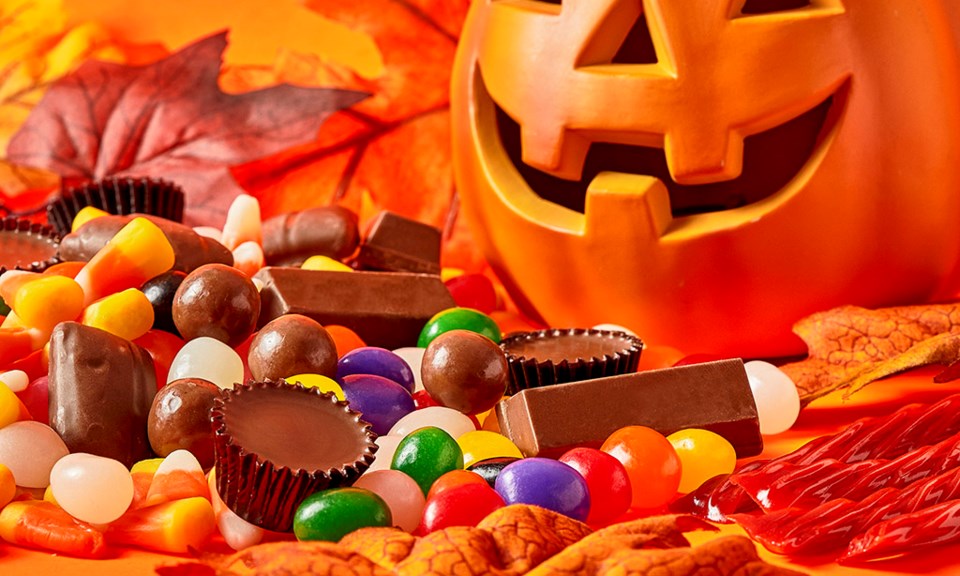Halloween has been at the forefront of children’s thoughts for weeks now, but for most parents, the preparations for the big night and the purchase of candies for eager trick-or-treaters are just beginning.
The average household is poised to allocate anywhere from $25 to $40 for Halloween candies. But with the escalating cost of living and the holiday landing on a Tuesday this year, the total expenditure remains uncertain. Regardless of the final tally, it’s clear that this money won’t stretch as far as it once did.
Enter “shrinkflation,” a silent and subtle disruptor that has infiltrated the Halloween candy aisle this year, affecting the purchasing power of Halloween enthusiasts. This phenomenon often escapes notice until you unwrap the package.
For instance, Reese’s, a perennial favourite, now comes in bite-sized portions that might appease toddlers but leave the rest of us yearning for more. The ever-popular “Rockets” have been reduced to incredibly miniature sizes, and some Halloween M&M packages contain just two pieces! As Halloween is a once-a-year celebration and candies grace the shelves only briefly, these shrinkflation strategies are more conspicuous and startling to consumers this year.
It’s customary to disregard minor reductions in product sizes as they happen gradually over time. Manufacturers frequently diminish quantities while maintaining steady prices, driven by the mounting cost of production.
For instance, cocoa futures have reached a 44-year high, primarily due to production issues in Western Africa and other global regions. Consequently, significant buyers have had to renegotiate contracts and pay more, impacting the cost of Halloween chocolate. It is anticipated that cocoa futures will continue influencing chocolate prices in the months ahead, solidifying shrinkflation as an ongoing concern.
Another hurdle facing Halloween candy is the surge in sugar prices, reaching their highest levels since 2011. Further, a labour dispute has disrupted a Vancouver-based plant owned by Lantic-Robers since September 28. Reports of shortages are already surfacing, and commercial bakers are being encouraged to curtail their purchases. If this labour dispute persists, consumers may soon find themselves asked to limit their purchases as well. Such a situation should discourage stockpiling, especially during a period of significant food inflation.
Now, when it comes to chocolate and sugar, both are considered non-essential commodities. While the impact on Halloween candy is undeniable, there’s no need for alarm. However, many food businesses, bakeries, and manufacturers regularly rely on these ingredients. So expect price adjustments in the months ahead, affecting upcoming holidays such as Christmas, St. Valentine’s Day, Easter, and more.
In a peculiar turn of events, a substantial portion of people’s budgets is expected to be directed toward costumes this year, more so than in previous years. In fact, experts predict that many Canadians will increase their overall Halloween spending, with Barbie-themed costumes gaining popularity. The Barbie craze has captivated both children and adults, inspiring extravagant costumes that contribute to the uptick in Halloween expenses.
Ultimately, Halloween is all about enjoyment and indulgence, and the smaller candies may just encourage children to knock on more doors this year in pursuit of their favourite treats. While it’s essential to remain mindful of shrinking portions and rising prices, the joy of Halloween remains undiminished.
After all, when it comes to candy, a little extra effort to collect it may not be such a bad thing. So, let the spooky season commence, and savour the thrill of Halloween with a grin as big as any candy bar!
Dr. Sylvain Charlebois is senior director of the agri-food analytics lab and a professor in food distribution and policy at Dalhousie University.
©




